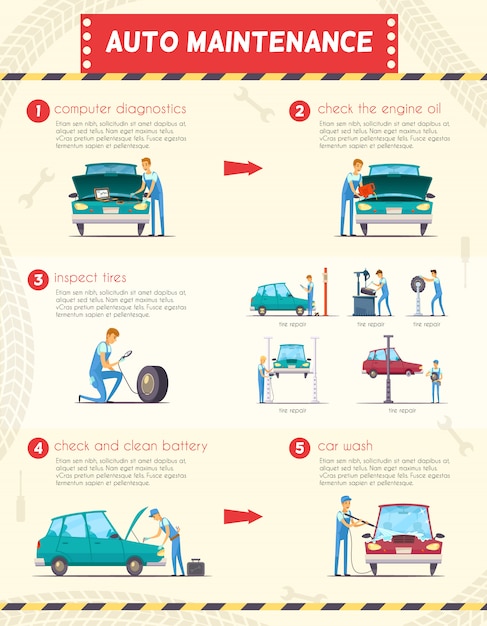Deciphering Real Meaning Behind Your Car'S Warning Lights
Deciphering Real Meaning Behind Your Car'S Warning Lights
Blog Article
Material Composed By-Peck Dreier
When you lag the wheel, those glowing caution lights on your control panel can be a little bit complicated. Do you know what they're trying to tell you about your vehicle's wellness? Recognizing the value of these lights is vital for your safety and the durability of your lorry. So, the next time one of those lights pops up, would not you want to decipher its message accurately and take the required steps to resolve it?
Common Caution Lighting and Interpretations
Determine common warning lights in your auto and recognize their definitions to make certain safe driving.
The most common caution lights consist of the check engine light, which signals issues with the engine or discharges system. If this light begins, it's important to have your car checked quickly.
The oil pressure alerting light shows low oil pressure, requiring prompt attention to stop engine damage.
A flashing battery light could recommend a malfunctioning charging system, possibly leaving you stranded if not attended to.
The tire stress tracking system (TPMS) light signals you to low tire pressure, impacting vehicle security and gas efficiency. Neglecting this could lead to risky driving problems.
The abdominal muscle light suggests an issue with the anti-lock braking system, jeopardizing your capacity to stop rapidly in emergencies.
Lastly, the coolant temperature level warning light warns of engine getting too hot, which can lead to extreme damage otherwise dealt with promptly.
Recognizing these common caution lights will assist you attend to concerns without delay and preserve risk-free driving conditions.
Significance of Prompt Interest
Comprehending the usual warning lights in your cars and truck is just the very first step; the importance of immediately dealing with these cautions can not be stressed sufficient to ensure your safety and security on the road.
When a caution light illuminates on your control panel, it's your cars and truck's way of communicating a prospective issue that requires interest. Disregarding these cautions can result in more serious issues down the road, endangering your security and possibly costing you much more in repairs.
https://brakeshops73940.answerblogs.com/28440945/giving-outstanding-vehicle-repair-service-providers-from-regular-maintenance-to-major-repair-services-we-have-actually-got-you-covered to warning lights can prevent malfunctions and accidents. As an example, a blinking check engine light could suggest a misfire that, if left unattended, could cause damages to the catalytic converter. Resolving this immediately can save you from a pricey fixing.
Similarly, a brake system alerting light might signify low brake liquid or worn brake pads, vital parts for your safety and security when driving.
DIY Troubleshooting Tips
If you discover a caution light on your dashboard, there are a couple of DIY troubleshooting suggestions you can attempt prior to looking for specialist assistance.
The initial step is to consult your cars and truck's manual to comprehend what the certain warning light indicates. Sometimes nissan mechanic near me can be as simple as a loose gas cap triggering the check engine light. Tightening the gas cap may deal with the issue.
ac car repair costs is a reduced battery, which can activate various warning lights. Inspecting the battery connections for rust and ensuring they're safe and secure could repair the problem.
If a caution light persists, you can attempt resetting it by separating the vehicle's battery for a few minutes and afterwards reconnecting it. Additionally, examining your lorry's fluid degrees, such as oil, coolant, and brake liquid, can help troubleshoot warning lights related to these systems.
Verdict
To conclude, understanding your cars and truck's caution lights is essential for maintaining your lorry running efficiently and safely. By quickly dealing with these notifies and knowing what they suggest, you can avoid costly repair work and potential malfunctions.
Remember to consult your automobile's handbook for specific information on each cautioning light and do something about it accordingly to ensure a hassle-free driving experience.
Stay educated, remain safe when traveling!
